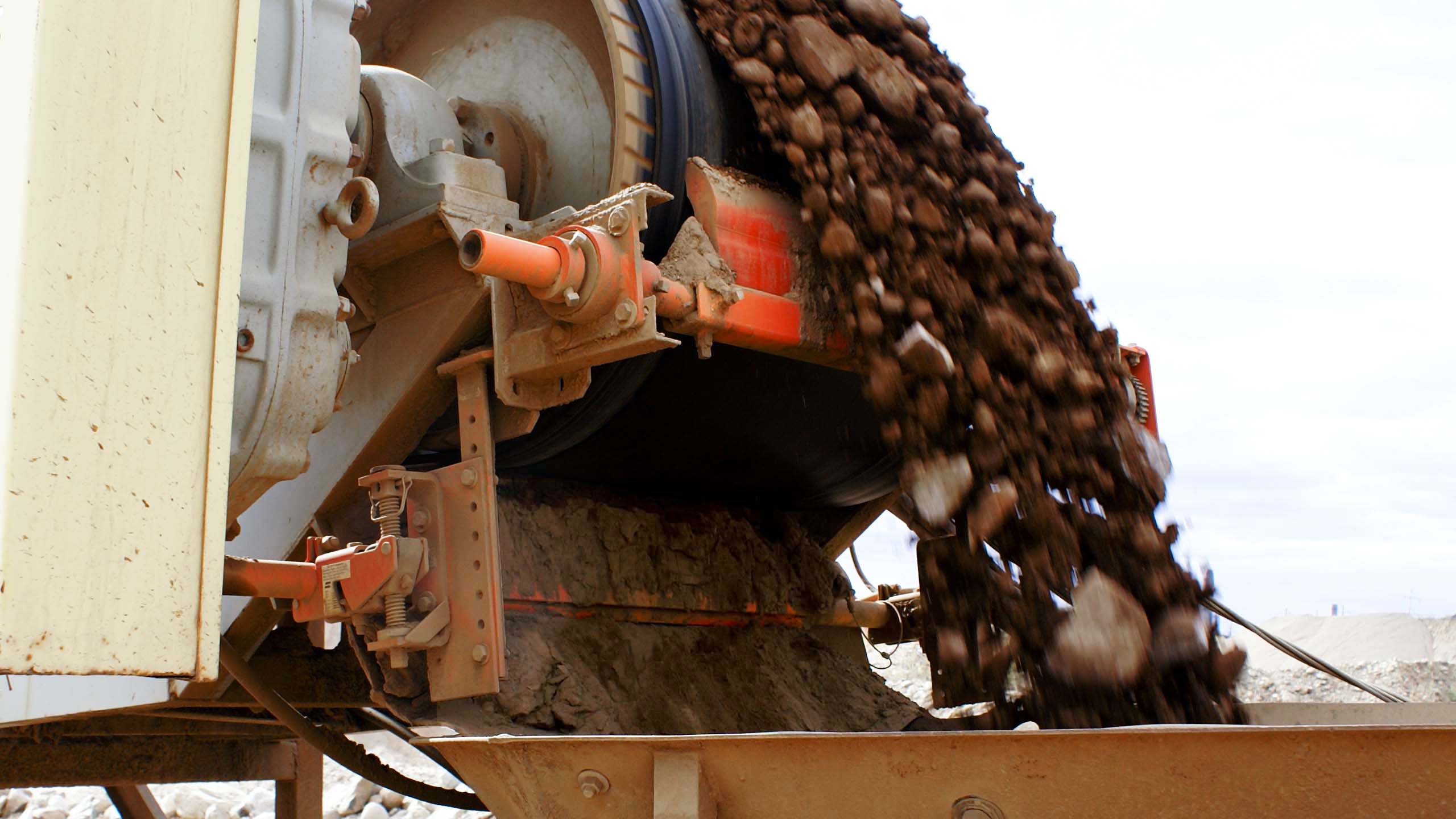By Don Papini on Nov 15, 2019 3:04:35 PM
In my travels, I come across two types of people....those who view belt cleaners as a mystery and those who view cleaners as a necessity. In my opinion, belt cleaning systems are crucial if you want to minimize carryback which can cause several issues (just to name a few):
- Decreased Performance
- Increased Operating Cost
- Safety Hazard (manual cleanup puts workers in harm's way)

I pride myself on trying to reduce interactions - for myself and my customers - with carryback. It is unnecessary and a safety hazard. Carryback can be greatly reduced by understanding and applying belt cleaner systems correctly.
All too often, I see belt cleaners misapplied in the following ways:
- Cleaning system is undersized (duty rating) for the head pulley diameter
- Incorrect blade material and size
- Installed in the incorrect position
Let’s explore some of these.
Too light-of-duty cleaner for the application:
I often see conveyor belts equipped/fitted with cleaning systems that are not properly sized for the application/conditions. The frame and blade(s) of an undersized cleaning system have the potential to deflect, resulting in compromised cleaning or premature frame/blade life. The correctly-sized belt cleaner is critical. Take the time to collect the proper data needed to select the correct belt cleaner.
Or let our belt cleaning specialists help - we are here to answer your questions. .
Blade Material & Size:
Matching the blade width to your material path and blade material to the material being conveyed is important to blade life and cleaning efficiency. If a blade is wider than the material path, it will not wear evenly as blades wear quicker in areas where material is present. This causes the center of the blade to wear quicker, creating a smiley-face wear pattern. Once this pattern is present, material will pass through and no matter how much you try to tension the system, you cannot get the center of the blade to draw into the belt. Consequently, if the blade is too narrow, you will have the opposite problem. Using the correct blade material will also heavily influence blade life and cleaning efficiency.
Installed in the incorrect position:
This has to be the issue I see the most in the field...belt cleaning systems installed too far or close to the belt face and/or installed too high or low along the circumference of the pulley. All manufacturers have an attack or cleaning angle that ensures maximum cleaning if the system is installed according to specifications. I understand that no head box is exactly the same and obstruction or ease of installation are the 2 most common reasons why systems are installed incorrectly. The cleaning edge of the blade should be just under the material being thrown off of the conveyor belt. Of course, there is some flexibility to move the system down if needed to clear an obstruction but keep in mind that a belt cleaner can also become a "shelf" if moved down too far.
You might be thinking: "I sized and properly installed my belt cleaner system so now what?" Once the correct system is sized and installed correctly, you need to focus on maintenance. Servicing the system now becomes the most important step in ensuring continuous performance. Setting up a service schedule should include: proper tension frequency, inspection of blade condition, and estimation of blade life left. Doing these tasks regularly allows you to identify potential issues before they become problems, and allows you to be on a proactive maintenance plan rather than reactive.




comments